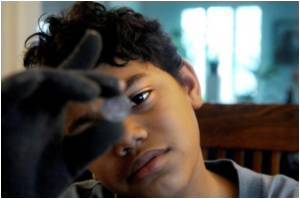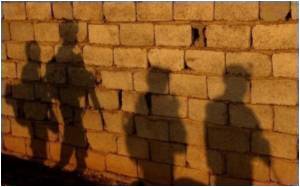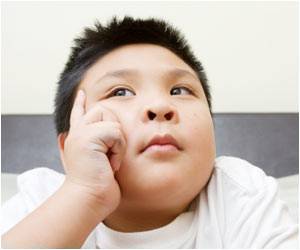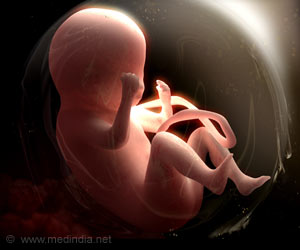Preschool kids can figure out another person's preferences by using-believe it or not-statistics.

Across children, the toys that Squirrel removed were the same (for example, all five were blue flowers).
However, the contents of the container were varied-for one-third of the children, 100 percent of the toys were the same type (so, in this example, all were blue flowers).
For another third of the children, only 50 percent were that type (that is, half were blue flowers and half were red circles).
Finally, for the last third of the children only 18 percent were of that type (that is, 82 percent were red circles).
Later on, children were asked to give Squirrel a toy that he likes.
Advertisement
More amazingly, the proportion of other toys mattered as well; they gave Squirrel the blue flowers more when the container included only 18 percent blue flowers, and slightly less often when the container had 50 percent blue flowers.
Advertisement
That means the child inferred that the puppet liked blue flowers best if the sample of five toys didn't match the proportion of toys in the population (the container). This is a statistical phenomenon known as non-random sampling.
In another experiment, 18- to 24-month-olds also learned about the preferences of an adult experimenter from non-random sampling.
They watched the adult choose five toys that were either 18 ercent or 82 percent of the toys in a box. T
he adult played happily with the toy either way, but the toddler only concluded that the adult had a preference if they'd picked the toys from a box in which that toy was scarce.
Of course, statistical information isn't the only way children learn about the preferences of other people. Emotion and verbalization are also important-but this is a new cue that no one had identified before, said Tamar Kushnir of Cornell University. .
"Babies are amazing. Babies and children are like little scientists. Mostly they learn by observing and experiencing the world. Just let them do it. Later on, there will be time for formal instruction, but when they're really young, this sort of informal learning is critical," said Kushnir.
The study has been published in Psychological Science, a journal of the Association for Psychological Science.
Source-ANI









